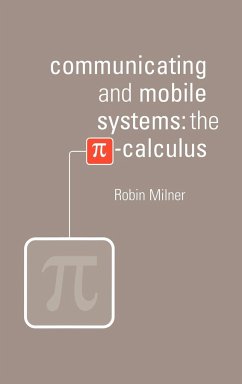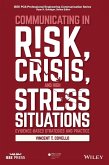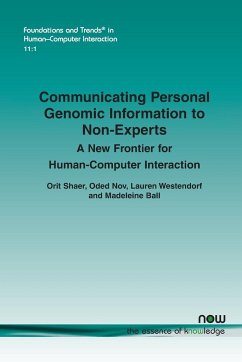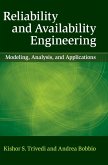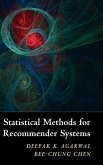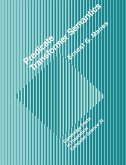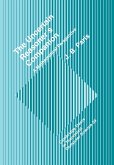The pi-calculus differs from other models of communicating behaviour mainly in its treatment of mobility. The movement of a piece of data inside a computer program is treated exactly the same as the transfer of a message - or indeed an entire computer program - across the internet. One can also describe networks which reconfigure themselves. The calculus is very simple but powerful; its most prominent ingredient is the notion of a name. Its theory has two important ingredients: the concept of behavioural (or observational) equivalence, and the use of a new theory of types to classify patterns of interactive behaviour. The internet, and its communication protocols, fall within the scope of the theory just as much as computer programs, data structures, algorithms and programming languages. This book is the first textbook on the subject; it has been long-awaited by professionals and will be welcomed by them, and their students.
Table of contents:
Glossary; Part I. Communicating Systems: 1. Introduction; 2. Behaviour of automata; 3. Sequential processes and bisimulation; 4. Concurrent processes and reaction; 5. Transitions and strong equivalence; 6. Observation equivalence: theory; 7. Observation equivalence: examples; Part II. The -Calculus: 8. What is mobility? 9. The -calculus and reaction; 10. Applications of the -calculus; 11. Sorts, objects and functions; 12. Commitments and strong bisimulation; 13. Observation equivalence and examples; 14. Discussion and related work; Bibliography; Index.
Robin Milner introduces a new way of modelling communication that reflects its central position in computing. Everything is introduced by means of examples but the aim of the book is to develop the -calculus, a theory whose scope includes the internet just as much as programs, algorithms and programming languages.
First account of new theory of communication in computing which describes networks, as well as parts of computer systems.
Hinweis: Dieser Artikel kann nur an eine deutsche Lieferadresse ausgeliefert werden.
Table of contents:
Glossary; Part I. Communicating Systems: 1. Introduction; 2. Behaviour of automata; 3. Sequential processes and bisimulation; 4. Concurrent processes and reaction; 5. Transitions and strong equivalence; 6. Observation equivalence: theory; 7. Observation equivalence: examples; Part II. The -Calculus: 8. What is mobility? 9. The -calculus and reaction; 10. Applications of the -calculus; 11. Sorts, objects and functions; 12. Commitments and strong bisimulation; 13. Observation equivalence and examples; 14. Discussion and related work; Bibliography; Index.
Robin Milner introduces a new way of modelling communication that reflects its central position in computing. Everything is introduced by means of examples but the aim of the book is to develop the -calculus, a theory whose scope includes the internet just as much as programs, algorithms and programming languages.
First account of new theory of communication in computing which describes networks, as well as parts of computer systems.
Hinweis: Dieser Artikel kann nur an eine deutsche Lieferadresse ausgeliefert werden.

